The splendor of Japan’s plum blossom season is captured in 10+ photographs.
Many people equate the clean and light beauty of plum flowers with cherry blossom, and some even mix the two.
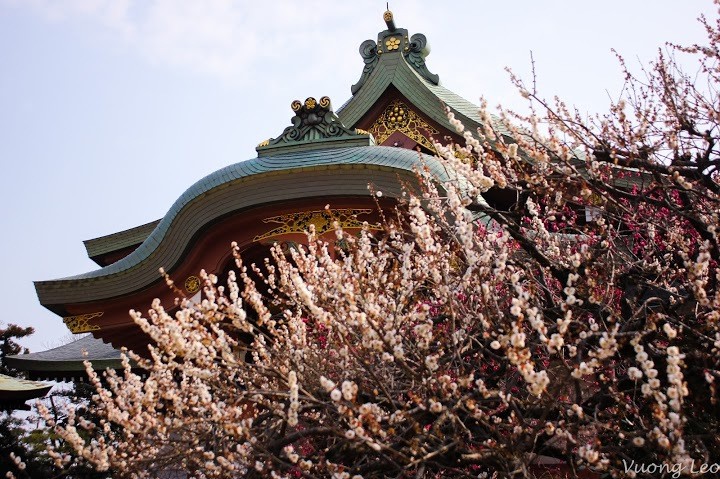
At the conclusion of the winter, around mid-February, with periods of cold weather and low temperatures. Then it gradually warms up, and numerous flowers begin to blossom. When spring arrives, this generates a pleasant sense.

Plum blossoms, also known as apricot flowers in Japan, are among the first to bloom and come in a variety of brilliant hues.
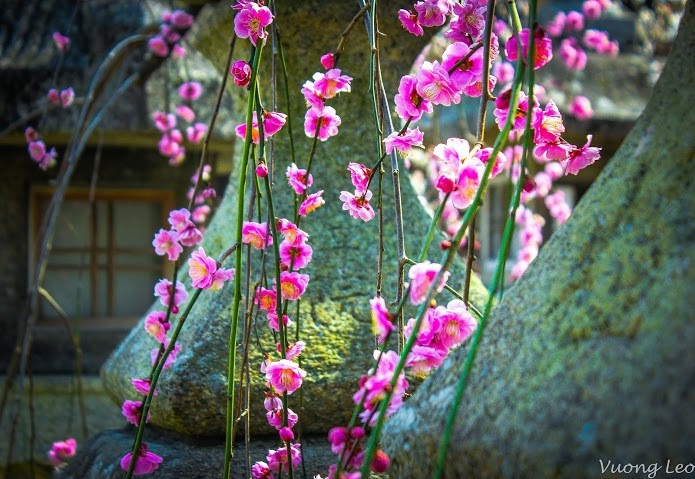
In terms of sheer beauty, plum blooms are sometimes likened to cherry blossoms. Many people adore cherry blossoms, but I favor plum blossoms due to their rustic and powerful beauty.
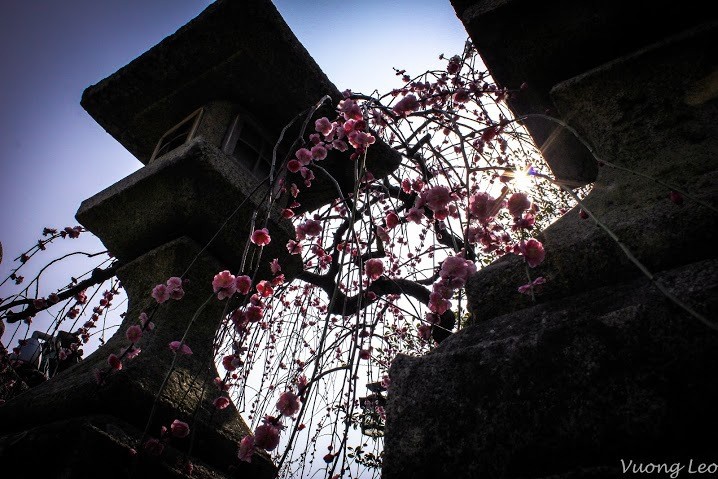
Another fascinating truth is that many foreigners, including those who have lived in Japan for a long time, continue to mistake plum blossoms and cherry blossoms. This misunderstanding is also experienced by a small percentage of Japanese individuals.
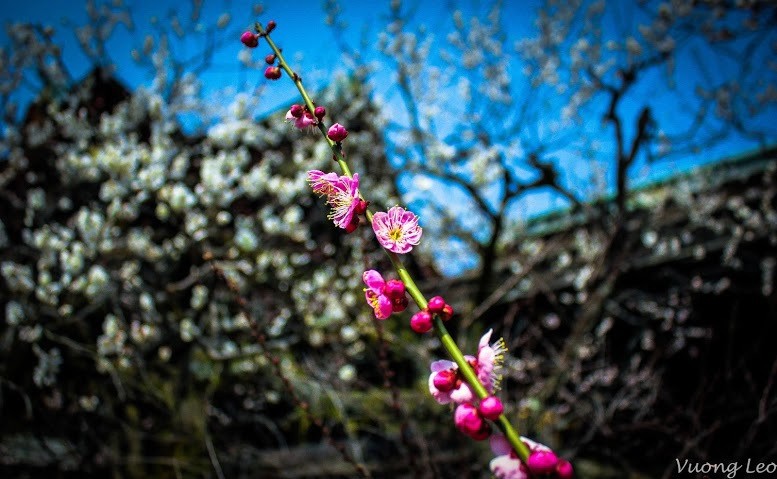
Cherry blossoms are in bloom from late March to early April, although we may also see plum blooms at this time of year. Because they are similar in color and floral structure, this causes a lot of misunderstanding.
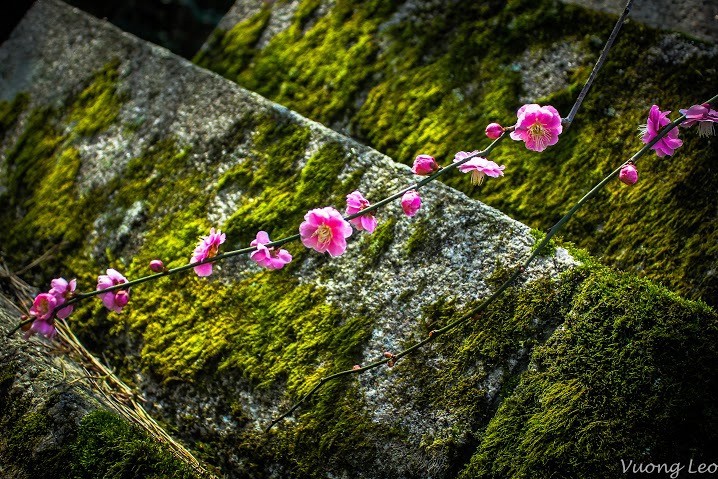
There are several methods to differentiate plum blooms and cherry blossoms, but I frequently recognize them based on two characteristics: the form of the petals and the placement of the flowers flowering on a branch.
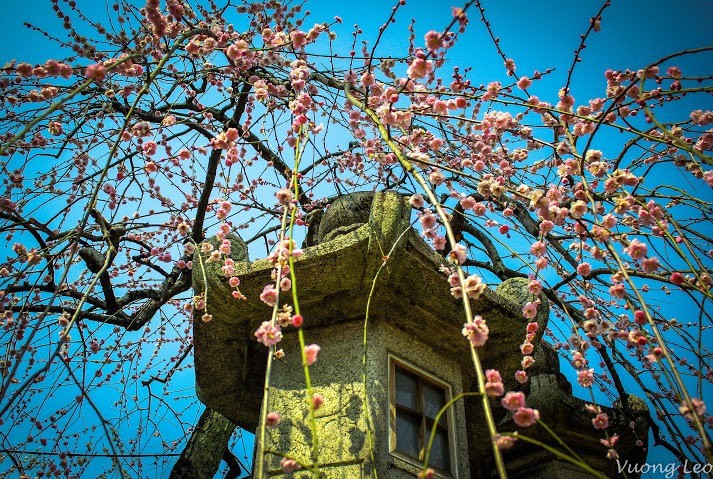
Plum flowers have round petals and bloom immediately on the branch, but cherry blossoms have elongated oval petals that are buried at the top of each petal and long-stemmed blooms that are linked to the branch. Furthermore, the bark of cherry trees is darker and has more horizontal lines.
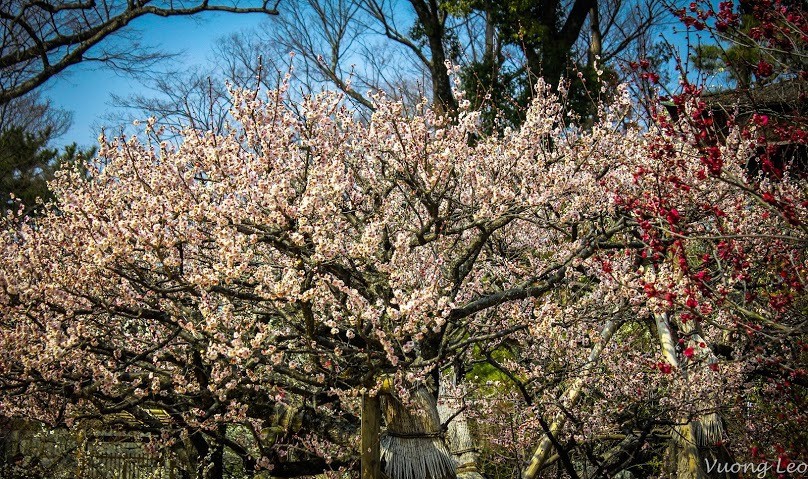
Aside from admiring the beauty of blossoms, the Japanese employ plum fruits to make a speciality known as Umeboshi, or Japanese salt plums, which is sometimes referred to as a plum but is actually more closely related to an apricot. Umeboshi are a type of tsukemono (pickles) that are very sour and salty. They are typically served as rice side dishes or eaten on rice balls (frequently without the pit) for breakfast and lunch. For supper, they are occasionally cooked or seasoned.
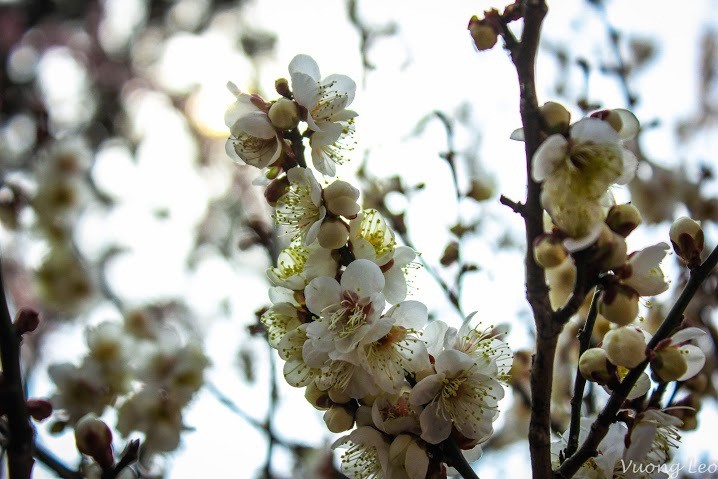
In Japan, the period when plum blossoms bloom coincides with a flower viewing festival that lasts until the end of March.
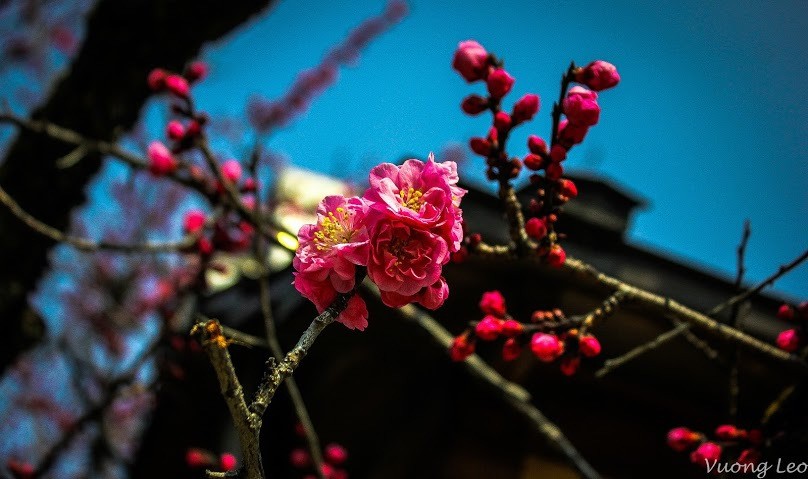
Some well-known plum blossom viewing locations in Japan are Kairakuen (Ibaraki Prefecture), Inabeshi nougyo koen, Akatsuka teien no mori (Mie Prefecture), and Jonangu (Kyoto). In addition, the plum bloom may be seen in Kintaikyo Bridge (Yamaguchi Prefecture) and Osaka Prefecture.

















